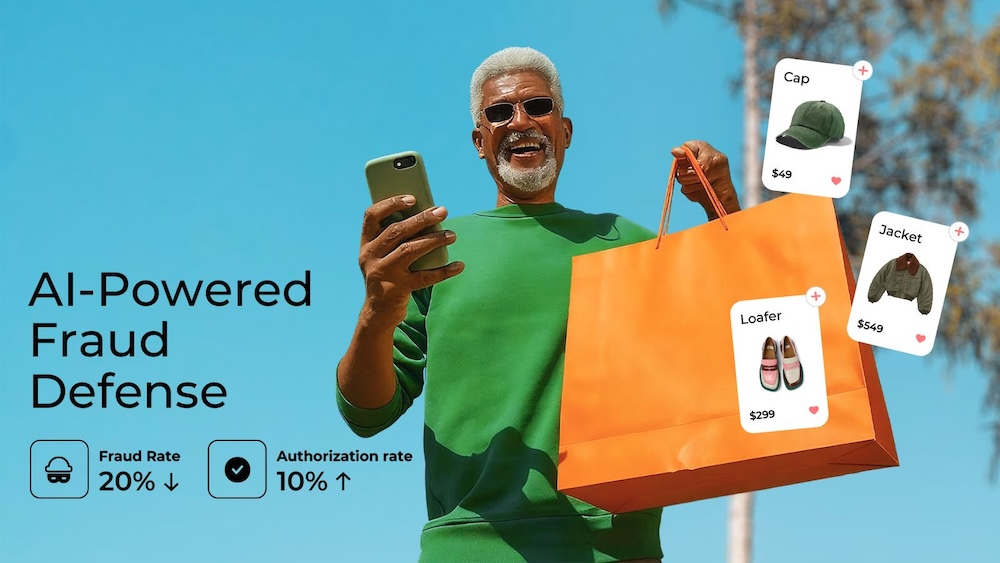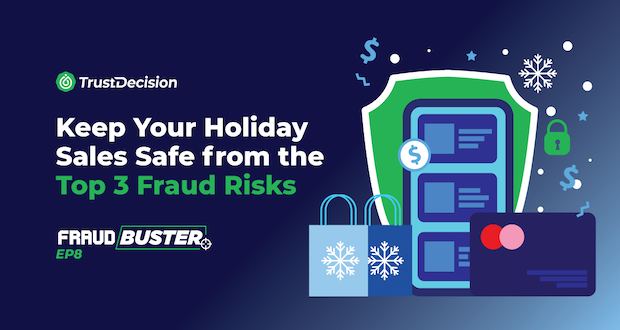There's a renowned quote from the 19th-century American retail giant John Wanamaker in which he stated, "Half the money I spend on advertising is wasted; the trouble is I don't know which half." This sentiment struck a chord in the hearts of all business owners who invested in advertising and later became known as the “Wanamaker’s 50%”. In the era of pervasive digital marketing, this percentage is said to rise to 90%.
Conventionally speaking, marketing waste has been attributed to inaccurate channel placements and unappealing content, leading to insufficient customer acquisition. However, in today's sophisticated digital marketing landscape, the challenge extends far beyond these issues. Marketing strategists must recognize that a significant portion of digital marketing investments may fall prey to proficient cybercriminals, specifically through promotion abuse, resulting in substantial losses. Cybercrimes have infiltrated the entire lifecycle of marketing activities, from user acquisition to spontaneous sharing. Therefore, it is essential to prioritize risk control when executing any marketing campaign to make sure fraudsters don’t cash in on your budget.
In this article, we will guide you through each stage of the typical AARRR framework—a strategic model designed to help businesses optimize marketing performance, manage product growth, and enhance user experience – to uncover the underlying risks that businesses should pay attention to throughout this process.
The AARRR Framework
The AARRR framework, or Pirate Metrics, is a strategic model that breaks down a business's growth process into five key stages: Acquisition, Activation, Retention, Revenue, and Referral. It serves as a strategic guide for businesses to optimize their marketing efforts, from attracting and activating users to retaining them, converting interactions into revenue, and fostering referrals for sustainable growth.
Businesses invest in promotional activities at each stage of the AARRR model, for example, first-order coupons, BOGO deals, seasonal promotions, loyalty programs, and user referral rewards to attract and incentivize user spending. However, these strategies come with associated risks.
Acquisition
Whether it's in-stream ads, SEM, or app store ranking optimization, the essence of marketing acquisition is to reach as more targeted users as possible. Advertising costs in this phase are often based on billing models like Cost Per Mille (CPM), Cost Per Click (CPC), Cost Per Time (CPT), and partially Cost Per Acquisition (CPA). Fraud risks can stem from dishonest marketing agencies resorting to deceptive practices, for example, impression fraud, click farms, and lead fraud, or competitors engaging in large-scale manipulation, quickly depleting advertising budgets.
Activation
Currently, popular metrics for activation involve actions such as launching the application, completing registration, or other actions conducted after registration, like watching the first video. Activation is the key for CPA billing. For friendly users, engagement is facilitated by a new customer discount to encourage the first purchase. However, it also attracts professional deal-hunters who profit by exploiting promotions. For instance, fraudsters use automated tools or scripts to generate a substantial volume of fake or misleading registrations, or steal identities to complete registration, distorting genuine engagement metrics and potentially leading to financial losses. Additionally, there may also be instances of marketing agencies engaging in fraud and competitors consuming traffic on a large scale.
Retention
User retention is a relatively complex scenario that involves monitoring metrics such as daily, weekly, and monthly retention rate, etc. Platforms need to take appropriate measures to incentivize users to continuously come back to us. This includes reactivation through email, SMS, distributing coupons, and loyalty programs. In this scenario, businesses must clearly differentiate risk profiles for existing customers to avoid unnecessary operational costs. This targeted approach ensures efficient resource allocation, focusing on mitigating risks relevant to the loyal customer base and promoting financial prudence.
Revenue
To maximize revenue, platforms strategically launch diverse promotional activities during this stage, such as a flash sales and BOGO deals. This is where fraudsters come into play, where they use professional equipment and software to acquire a large number of memberships and virtual items, subsequently profiting by reselling them on third-party platforms. Besides, it poses great challenges such as chargeback fraud and return fraud. The worst scenario happens when hackers seize control of the payment gateway or business site to steal the payment information.
“A brand is no longer what we tell the consumer it is- it is what consumers tell each other it is.” - Scott Cook
Referral
In the age of social media, the landscape of user acquisition has transformed, leveraging viral dissemination within social networks. Simultaneously, the influential role of spontaneous word-of-mouth (WOM) has become pivotal in shaping perceptions of businesses and their products. Frauds emerging in the referral stage are similar to what we’ve observed in the acquisition phase, as fraudsters employ stolen or fake identities to register massively for promotions and cash in on referral rewards in the black market.
Here are some popular referral models:
- Fission model: This model is based on viral marketing principles, where existing users are encouraged to spread the word about a product or service to their network, leading to a rapid, exponential increase in exposure and user acquisition. It’s like a chain reaction (hence ‘fission’) where one user’s actions lead to many more users joining. Typically, incentives or rewards are offered to users who successfully refer others.
- Mentor-apprentice model: In this model, existing users (mentors) are encouraged to recruit new users (apprentices) and guide them through the platform’s features or services. Mentors often receive rewards or benefits for each apprentice they successfully onboard and sometimes for the apprentices’ subsequent activity or spending on the platform. This model fosters a sense of community and guidance, enhancing user engagement.
- Torch relay model: This model involves passing a ‘torch’ – which could be an offer, challenge or a task from one user to another in a relay manner. It’s designed to engage users in a continuous chain of activities, keeping them actively involved with the platform. Each participant in the relay adds to the momentum, helping to spread the message or challenge further.
In this context, the illicit activities often involve creating numerous accounts through referral links to fraudulently claim referral bonuses and monetize them.
TrustDecision has provided a wide-ranged anti-fraud solution to a global entertainment and social platform with over 500 million users. This solution covered all aspects of the platform’s operations, including mobile, mini-apps, web app and HTML5 focusing on account protection, interface/API protection, transaction monitoring and content compliance.
The impact of this solution has been significant:
- Spam registration rate were reduced from 10% to 2%
- The rate of payment fraud has decreased by more than 90%
- Saved nearly a $150k in marketing costs by blocking numerous fake invitations and spam registrations in a customer acquisition campaign
- It has helped to avoid $4.2m of financial losses each year
- Overall, it has intercepted over 500k pieces of inappropriate content daily with a 98.2% accuracy rate and 99.3% recall rate.
In the era where customer habits are rapidly evolving, the multimedia entertainment industry armed with innovative digital technologies is leading consumers’ new way of behaving and consuming entertainment. Maintaining a stringent focus on security becomes essential more than before as these platforms grow. TrustDecision is committed to continue with the best defenses to keep the digital landscape safe for businesses and consumers.














